
Back-to-school season won’t have the same excitement this year for kids and teachers. On top of the normal craziness of a new school year, educators and parents are worrying about how to keep their kids safe if they have to sit in a classroom and learn with other children. Hopefully, our back-to-school tips will give you some ideas on how to do that.
My niece’s elementary school created a hybrid schedule to minimize unnecessary contact between students. The first half of the alphabet goes into school the first half of the week while the other half is remote. Then they swap for the second half of the week. But it turns out that many of her close friends fall into the opposite group as her. This year is going to be hard on kids in a lot of ways.
This is as new for them as it is for you, so I pulled advice from some resources to help you as your kids prepare to step back into the classroom.
Back to School in COVID-19 Times
Check in with Your Child Every Day
Regardless of whether or not your school requires it, take your kid’s temperature each morning when they get up. It’s better to be safe than sorry, and you would rather learn they’re sick yourself then getting a call later from a school nurse. Confirm with them that they know to tell you even if they feel only a little bit sick.
Designate a Spot for School Items
Back-to-school season usually stirs up a lot of germs that get brought into your house to begin with, but this year will be even worse. Find a spot in your house where your kid can leave their backpack, shoes, jacket, and lunchbox. A good place is typically right by the front door or garage door.
Sanitize as Soon as They Get Home
Once they leave their stuff at the door, get them in the habit of at least changing into new clothes and washing their hands. If they took any toys or devices to school, make sure those get wiped down before your kid uses them in the house. Same goes for you, parents, if you work around other people during the day.
Regularly Wash Cloth Masks
Don’t let a mask become one of those items that gets lost forever in your kid’s backpack. Create a consistent schedule for washing your kid’s masks. Make sure they have a few comfortable masks they can switch in and out when the others are getting washed. You may even want to put the entire household on the same mask-washing schedule to assure you’re all covered.
Create a Home School Area
If you haven’t already, you may want to have a specific place for your kid to go to do their homework and schoolwork. If they are doing all or some schooling during the day from home, this is essential. Kids have been stuck in their houses for months. It will be helpful for them to have certain places for focused work that is separate from the area in which they can play and have down time.
Going along with that, organize a schedule with them for homework time before they play. Especially if they didn’t have a lot of structure during out-of-school months (did any of us?), they will need help getting back into a routine.
Let Them Talk to Their Friends
I’m thinking about all the kids in a similar situation as my niece. They won’t get to see their buddies much, and socializing is an important part of childhood development. It might mean they’re on their devices a little more to video chat or message each other, but kids communicate differently than when you were a kid.
Take It Easy
On them. On yourself. On others. It’s going to be a big change for everyone.
Support Your Kid’s Teacher
Whether you send in some extra Lysol wipes and tissues or reach out personally, your kids’s teacher will appreciate the sentiment. Everyone is in this together.

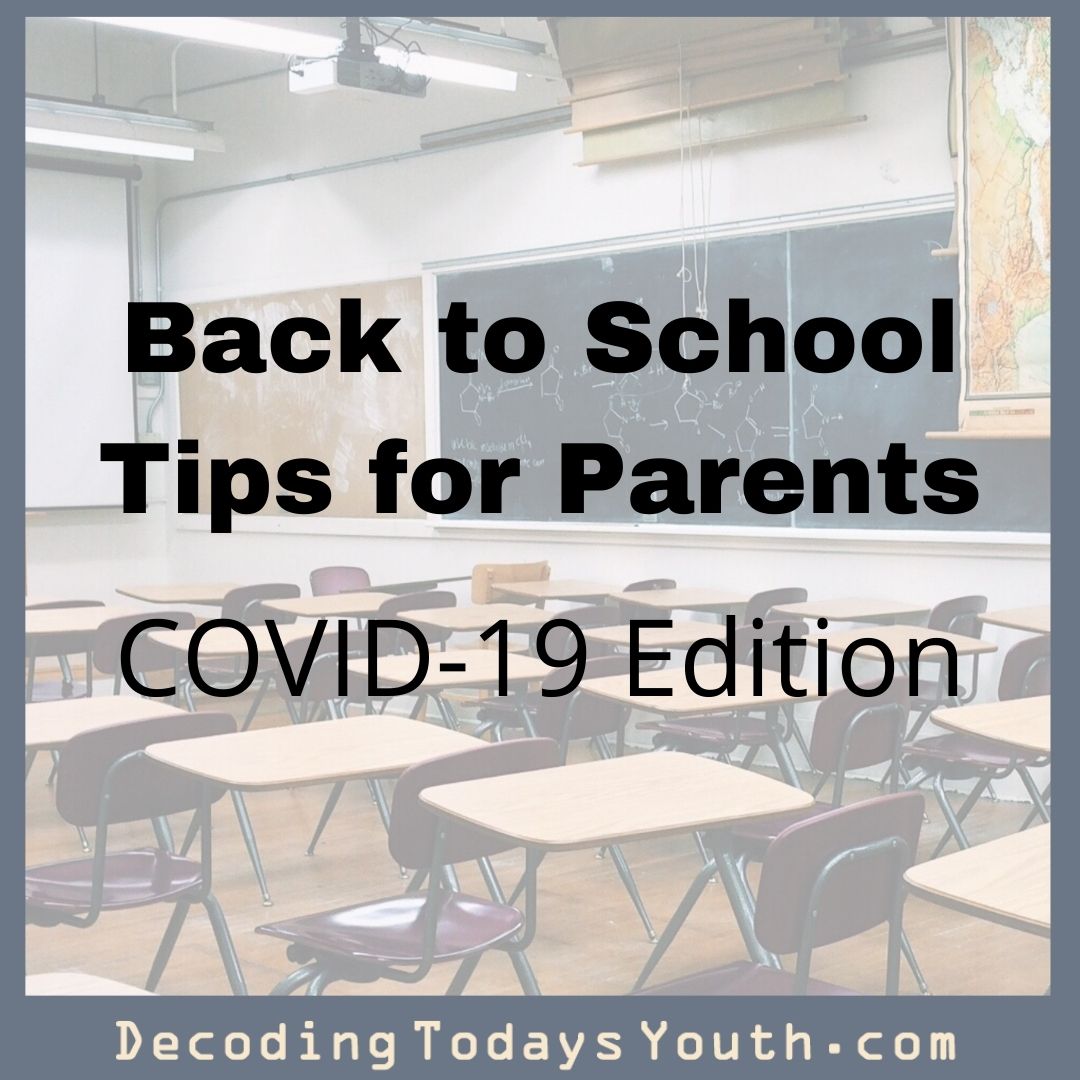
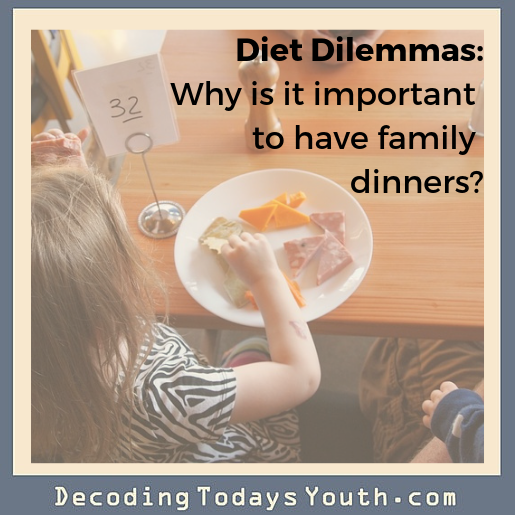
 By Lily Whorl and Erick Lauber
By Lily Whorl and Erick Lauber
 By Seth Woolcock and Erick Lauber
By Seth Woolcock and Erick Lauber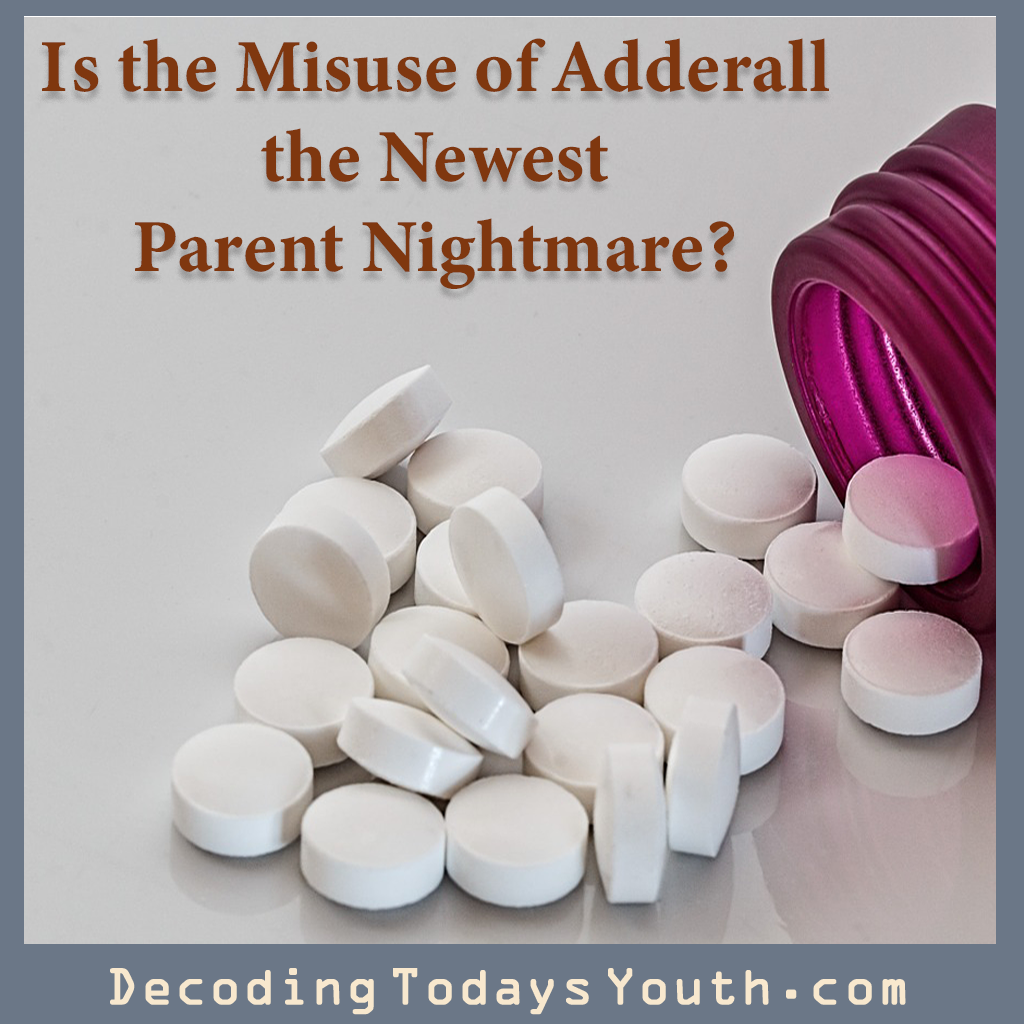
 By Erick Lauber
By Erick Lauber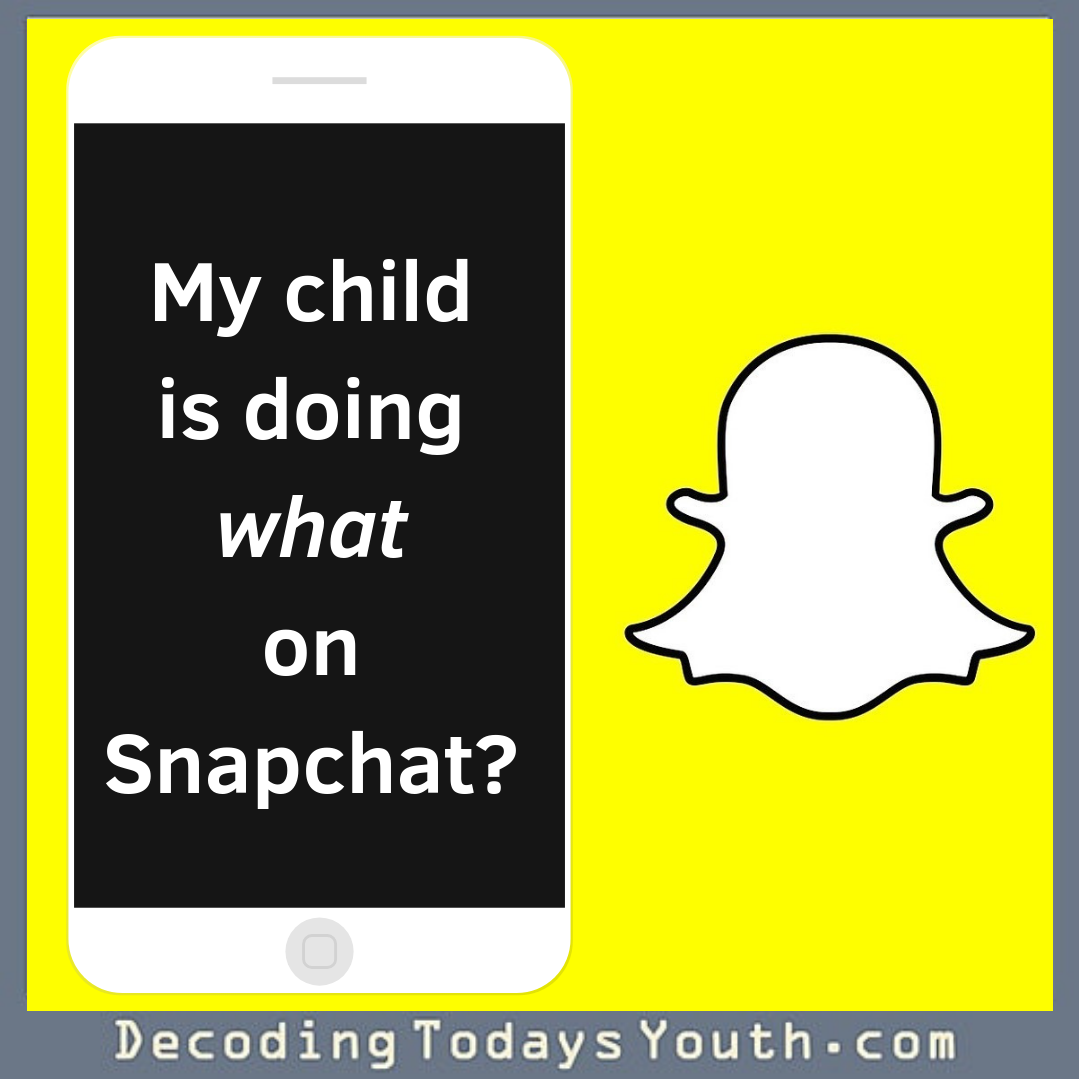
 By Katie Mest and Erick Lauber
By Katie Mest and Erick Lauber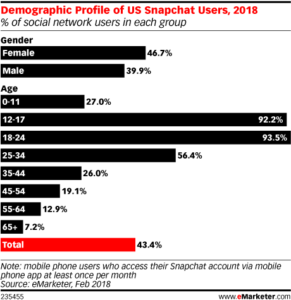

 By Morgan Rihn and Erick Lauber
By Morgan Rihn and Erick Lauber